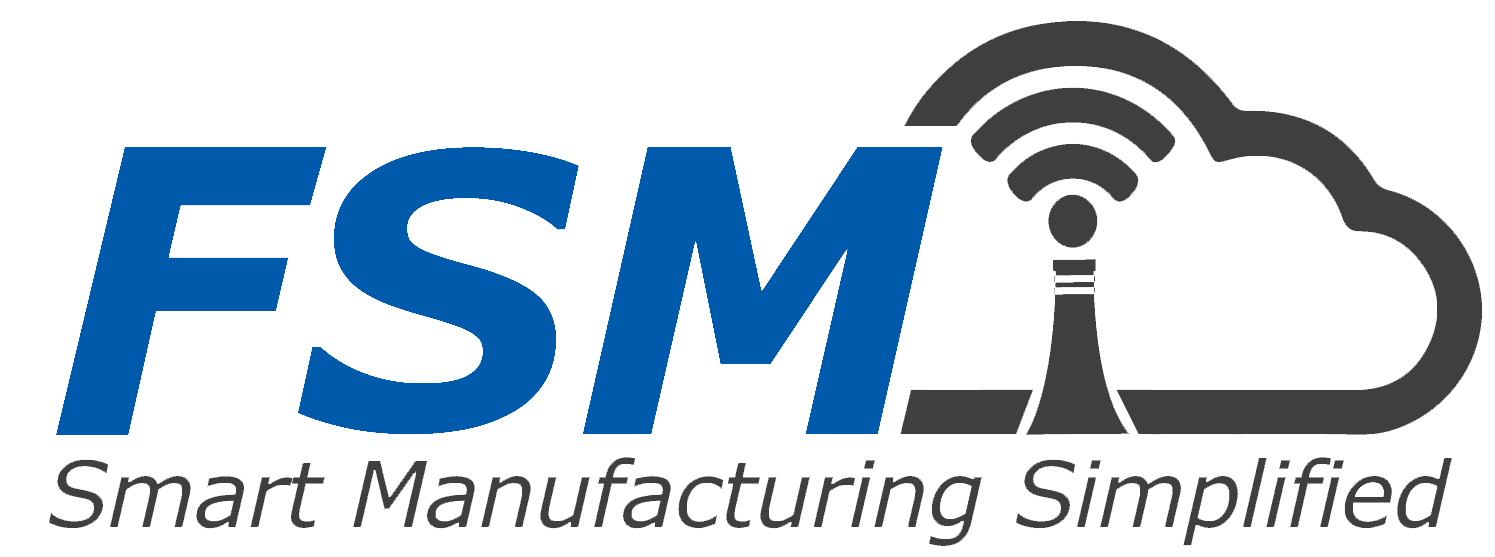Advance Simulation and Digital Twin
The digital factory concept offers an integrated approach to enhance the product and production engineering processes and simulation is a key technology within this concept.
Simulation helps to create digital models of products, production systems, logistic systems so that one can explore a system’s characteristics and optimize its performance. These digital models have the ability to run experiments and what-if scenarios without disturbing existing production systems or – when used in the planning process – long before the real production systems are installed. Extensive analysis tools, such as bottleneck analysis, statistics and charts give us an opportunity to evaluate different manufacturing scenarios.
The results provide us with the information needed to make fast, reliable, smarter decisions in the early stages of production planning. In addition, we can also optimize material flow, resource utilization and logistics for all levels of plant planning from global production facilities, through local plants, to specific lines. This helps to fulfil the user’s need to deliver just-in-time (JIT) or just-in-sequence (JIS).
Benefits
Increase existing system productivity
Optimize resource consumption and re-use
Optimize systems for reduced energy consumption
Shorten new product introduction, time-to market, and time-to-volume
Improve production layout and minimize investments
Ensure that machines and equipment are in the right place
Ensure that sufficient material handling equipment is available
Optimize buffer sizes
Ensure that product handling is kept to a minimum
Apart from advance simulation another disruptive innovation is the concept of digital twin. With the growing deployments of Internet of Things (IoT) systems, the importance of the concept of a digital avatar of a physical thing has gathered significant interest in the recent years. A digital twin can be defined, fundamentally, as an evolving digital profile of the historical and current behavior of a physical object or process that helps optimize business performance.
A digital twin enables flexibility in manufacturing to reduce time needed for product design, manufacturing process and system planning and production facility design. A digital twin improves quality and even supports new business models that offer opportunities for small- to mid-size companies to expand and bring more high-tech capability into their shops. Digital twins will help all companies become more flexible, reduce time to market, reduce cost, improve quality and increase productivity at all levels of the organization.
Apart from advance simulation another disruptive innovation is the concept of digital twin. With the growing deployments of Internet of Things (IoT) systems, the importance of the concept of a digital avatar of a physical thing has gathered significant interest in the recent years. A digital twin can be defined, fundamentally, as an evolving digital profile of the historical and current behavior of a physical object or process that helps optimize business performance.
A digital twin enables flexibility in manufacturing to reduce time needed for product design, manufacturing process and system planning and production facility design. A digital twin improves quality and even supports new business models that offer opportunities for small- to mid-size companies to expand and bring more high-tech capability into their shops. Digital twins will help all companies become more flexible, reduce time to market, reduce cost, improve quality and increase productivity at all levels of the organization.
Digital twin business values:
1. Quality
Improve overall quality
Predict and detect quality trend defects sooner
Control quality escapes and be able to determine when quality issue started
2. Warranty cost and services
Understand current configuration of equipment in the field to be able to service more efficiently
Proactively and more accurately determine warranty and claims issues to reduce overall warranty cost and improve customer experiences
3. Operations cost
Improve product design and engineering change execution
Improve performance of manufacturing equipment
Reduce operations and process variability
4. Record retention and serialization
Create a digital record of serialized parts and raw materials to better manage recalls and warranty claims and meet mandated tracking requirements
5. New product introduction cost and lead time
Reduce the time to market for a new product
Reduce overall cost to produce new product
6. Revenue growth opportunities
Identify products in the field that are ready for upgrade
Improve efficiency and cost to service product
These digital twins use data from sensors that are installed on physical objects to represent their near real time status, working condition or position. Nonetheless, advances in computer science have made it possible to broaden the scope of the digital twin to include many more capabilities, information, inputs and outputs. It also helps you develop and introduce new products to the market much faster than ever.
Improve efficiency and cost to service product
These digital twins use data from sensors that are installed on physical objects to represent their near real time status, working condition or position. Nonetheless, advances in computer science have made it possible to broaden the scope of the digital twin to include many more capabilities, information, inputs and outputs. It also helps you develop and introduce new products to the market much faster than ever.
Contact us today for implementing
"Smart Manufacturing"
Call us for any query
011-26582053, 8076197190
